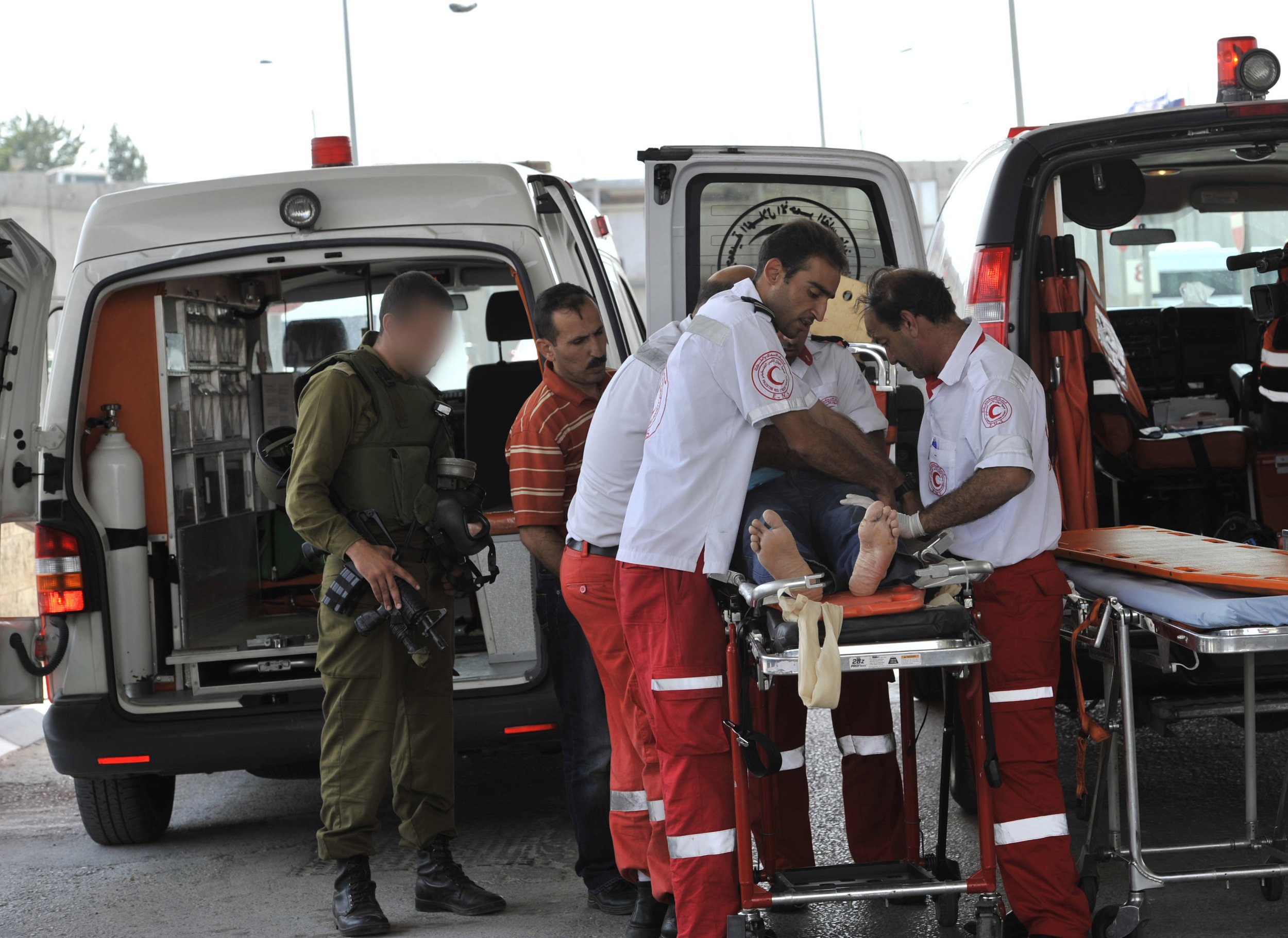
ambulance attacks
Ambulances Under Attack
Assaults on Medical Care in Palestine
Sarkha Project has collected over 400 videos and images depicting real-time bombings of ambulances and first responder vehicles, capturing the scenes of incidents, as well as the victims and martyrs involved. Additionally, we have gathered evidence of paramedics and their patients being detained or abducted, along with instances of ambulances being obstructed at gunpoint by Israeli soldiers. This evidence has been corroborated with official Palestine Red Crescent Society (PRCS) updates and news reports.
The evidence clearly demonstrates that, since October 7, 2023, the Israeli military has systematically targeted PRCS ambulances, their ambulance centers, medical points, dispatch centers, means of communications, and their hospitals and headquarters in both Gaza and the Occupied West Bank. We meticulously logged the dates, locations, ambulance numbers, Israeli Occupying Forces military vehicle numbers, and victim information whenever possible. Each piece of evidence has been downloaded and includes its corresponding URL link, a screenshot of the post containing its caption and publish date, and a screenshot of the uploader’s profile and all Arabic text and dialogue has been translated into English.
This extensive documentation highlights a disturbing pattern of aggression against essential medical services, directly affecting the ability to provide urgent care to those in need. Each incident underscores a blatant disregard for international humanitarian law and raises critical questions about the protection of medical personnel and facilities during conflict. The sheer volume of evidence emphasizes the urgent need for accountability and an end to these violations.
Click on images for original source
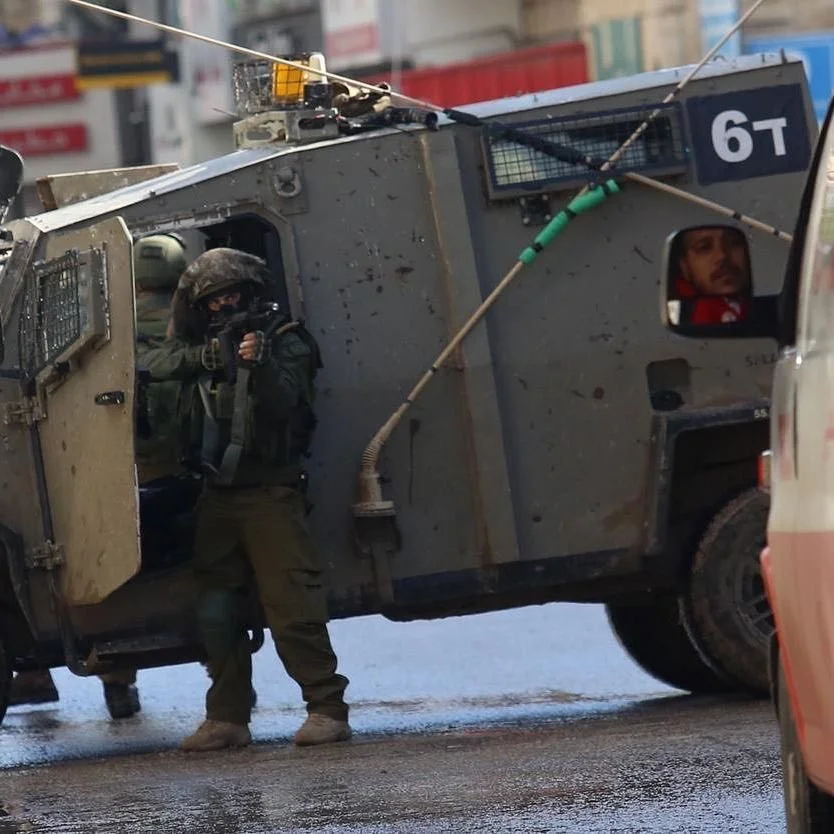
Photo By Nidal Eshtayeh
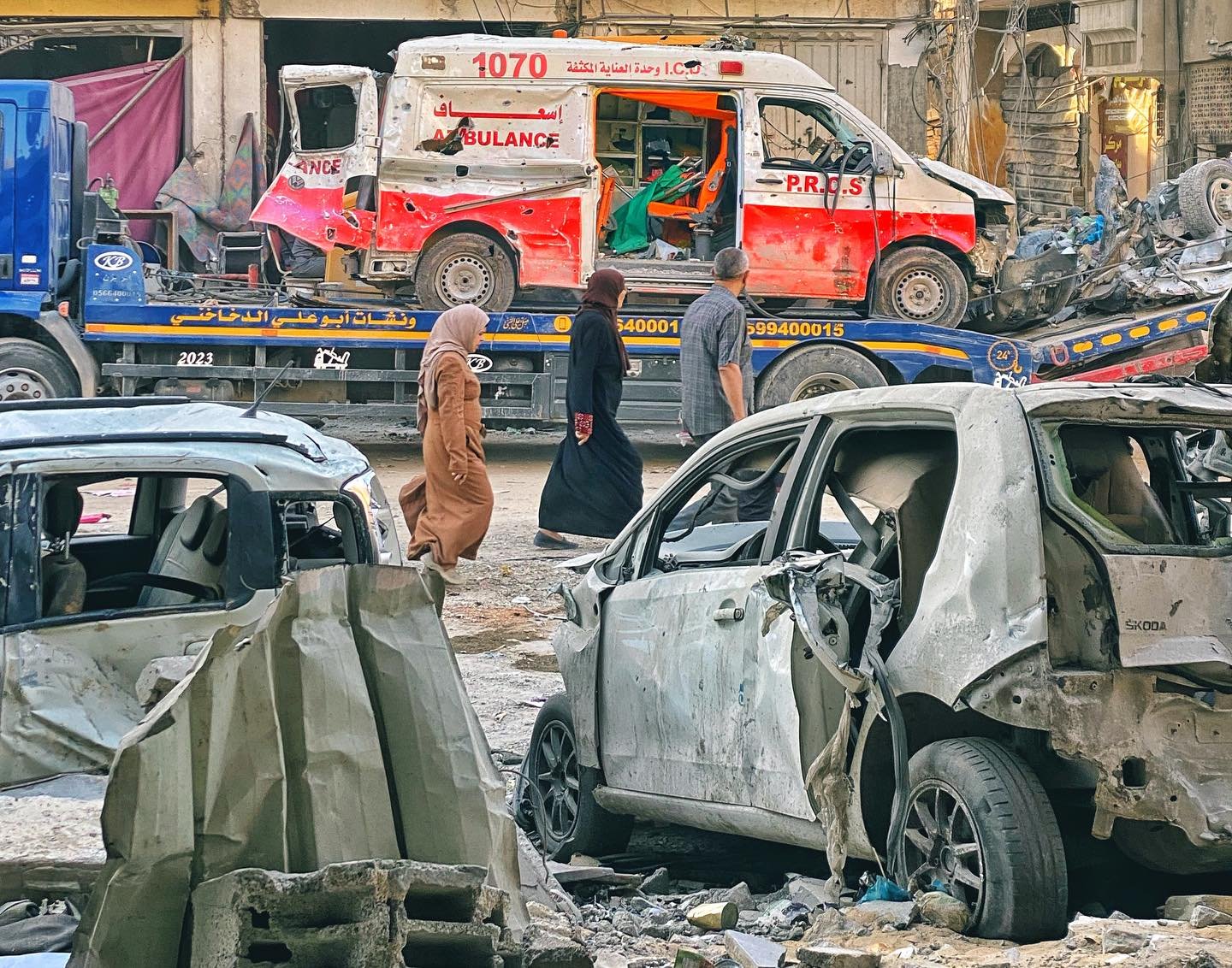
Photo by Mahmoud Abusalama
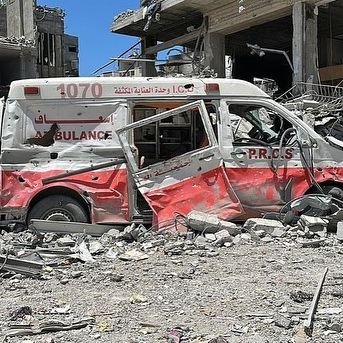
Photo by Palestine Red Crescent
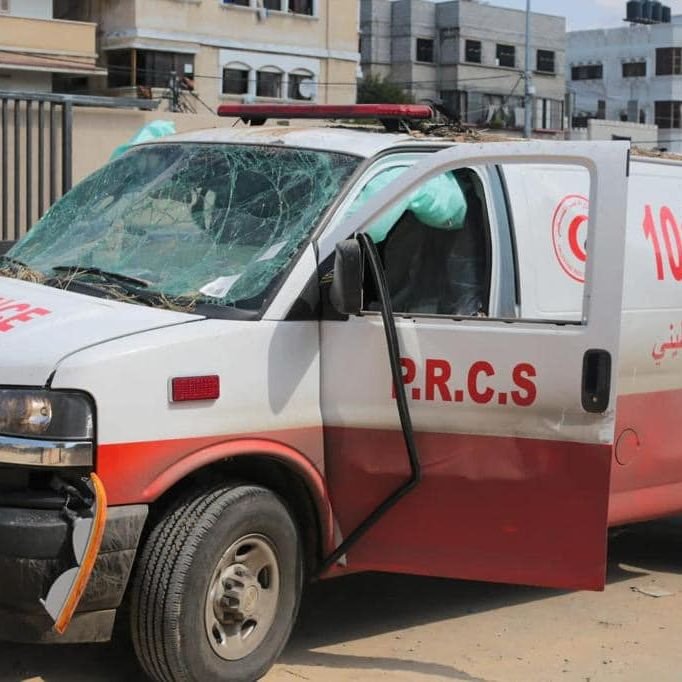
Photo by Palestine Red Crescent
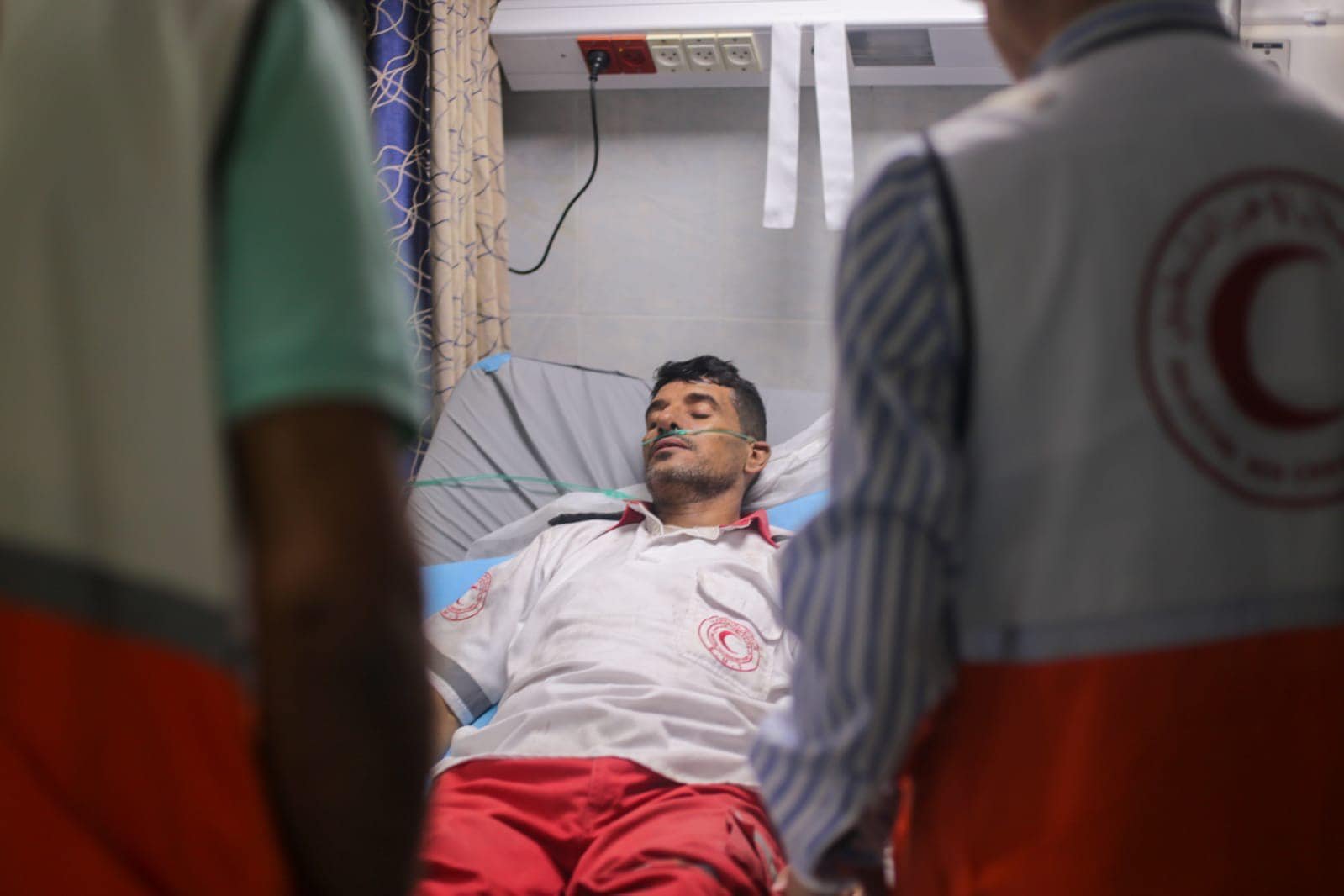
Photo by Palestine Red Crescent
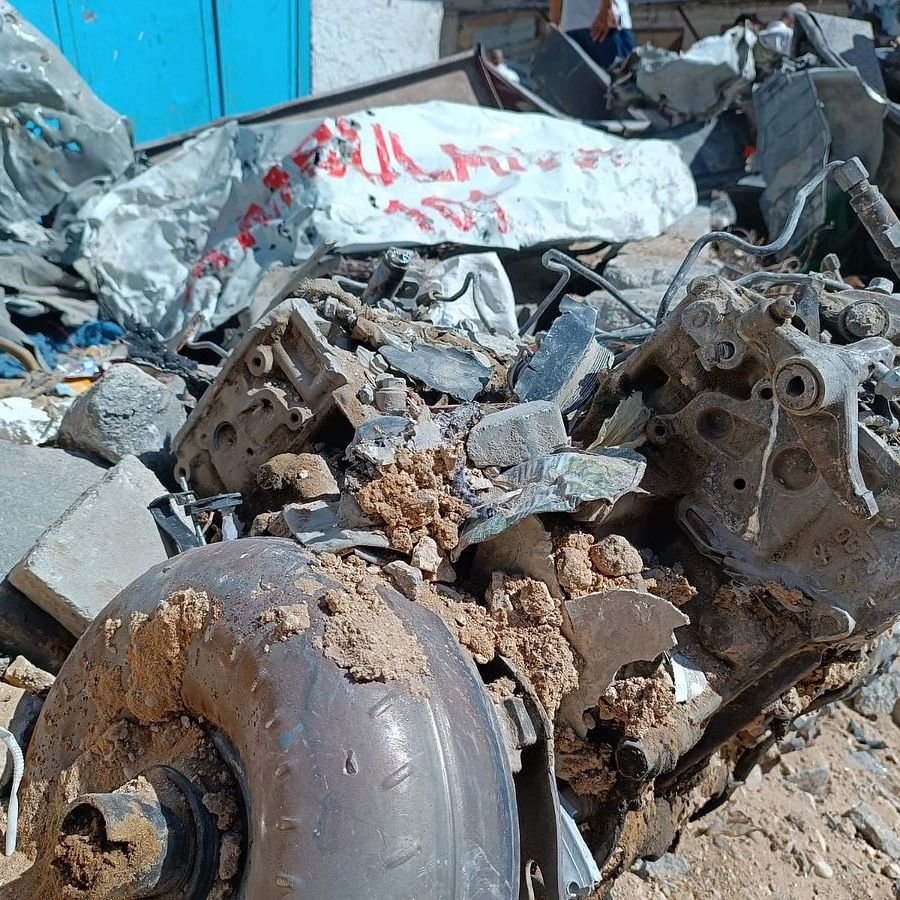
Photo by Palestine Red Crescent
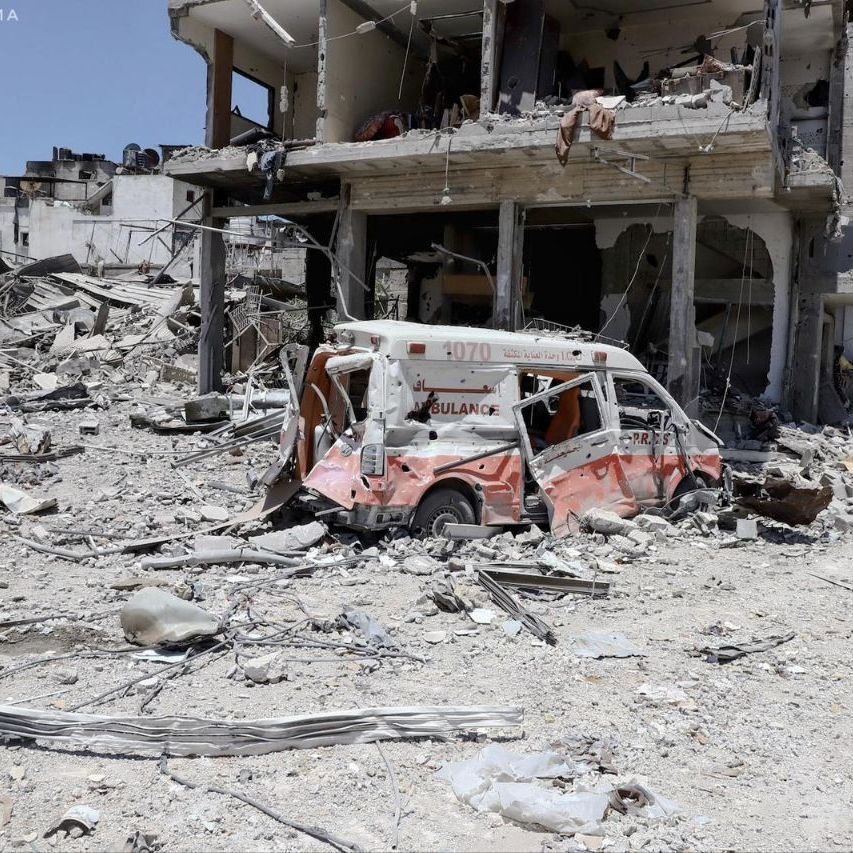
Photo by Abood Abusalama
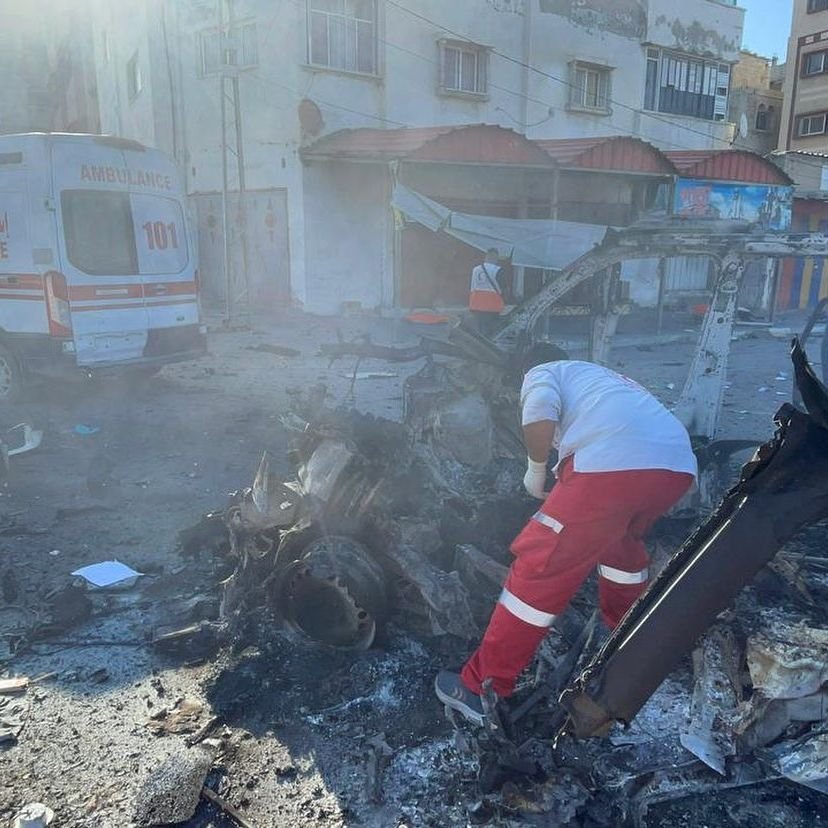
Photo by Palestine Red Crescent
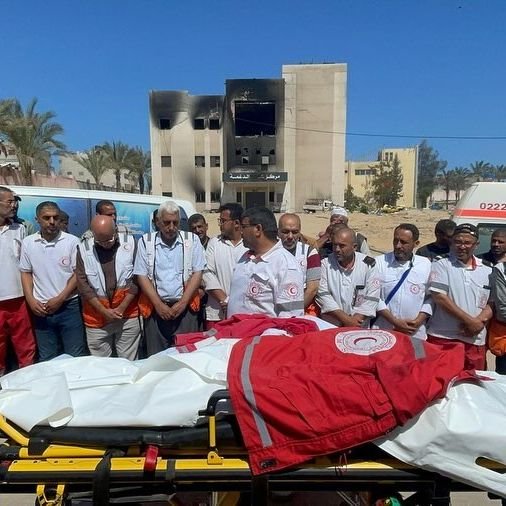
Photo by Palestine Red Crescent
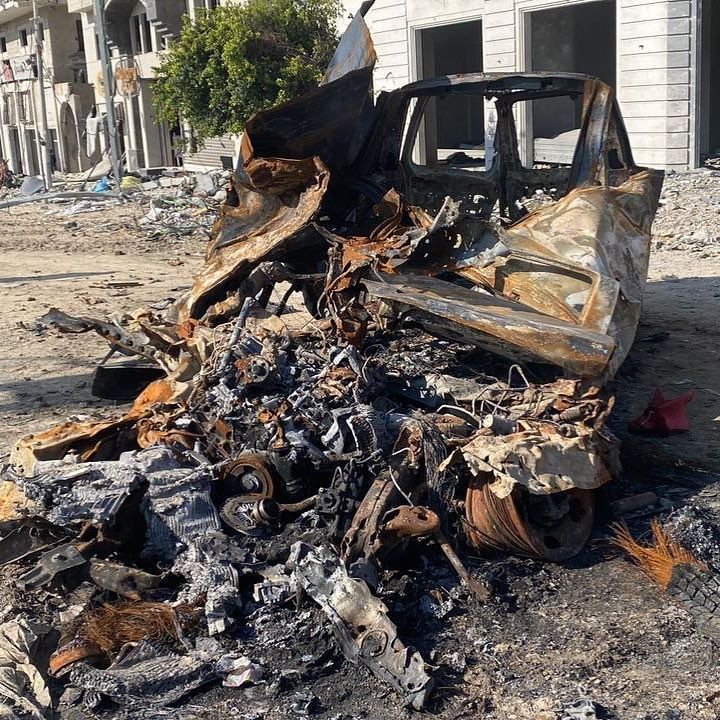
Photo by Palestine Red Crescent
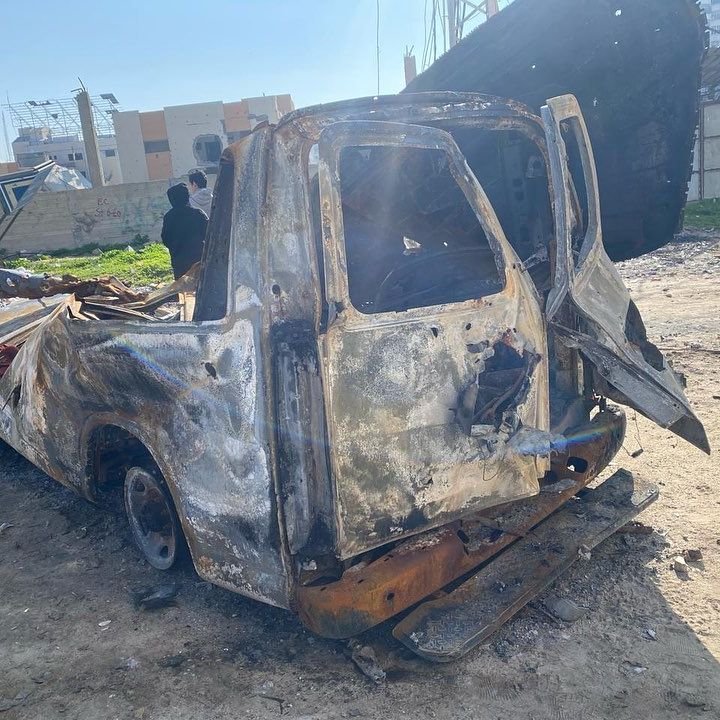
Photo by Palestine Red Crescent
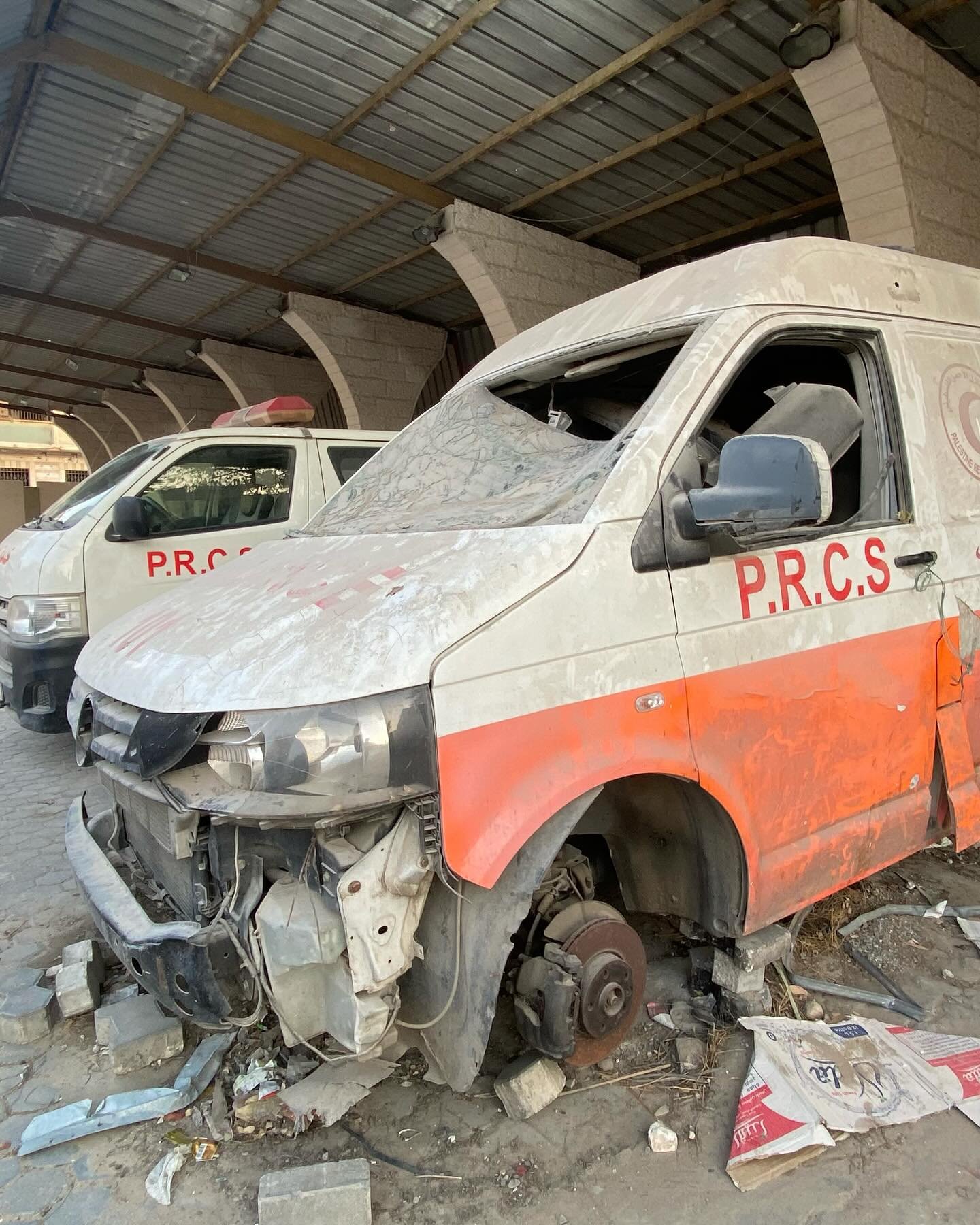
Photo by Ezz El-Din Al-Muasher
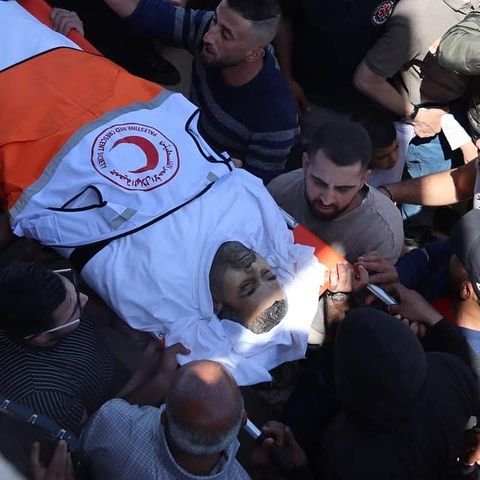
Photo by Palestine Red Crescent
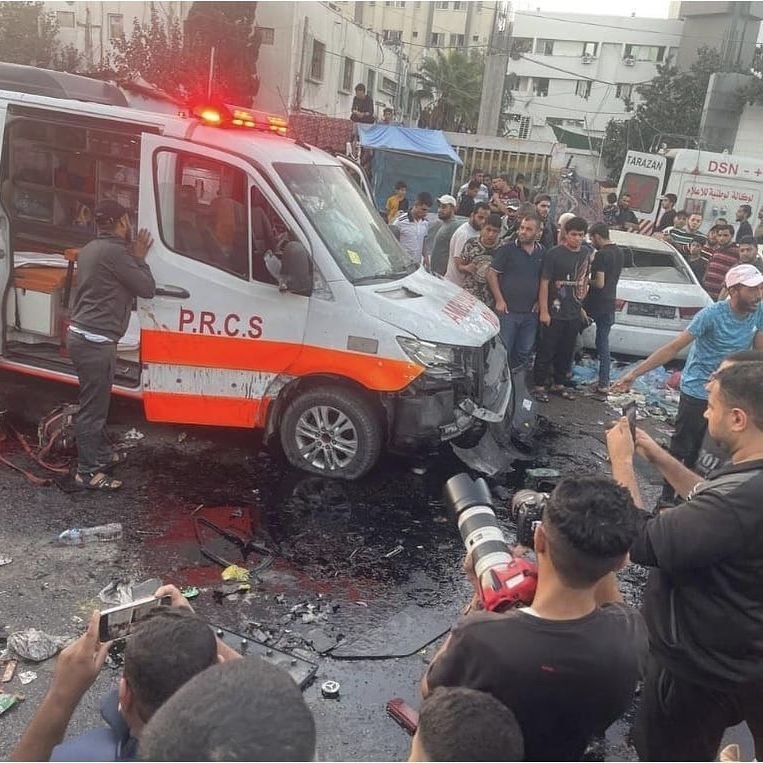
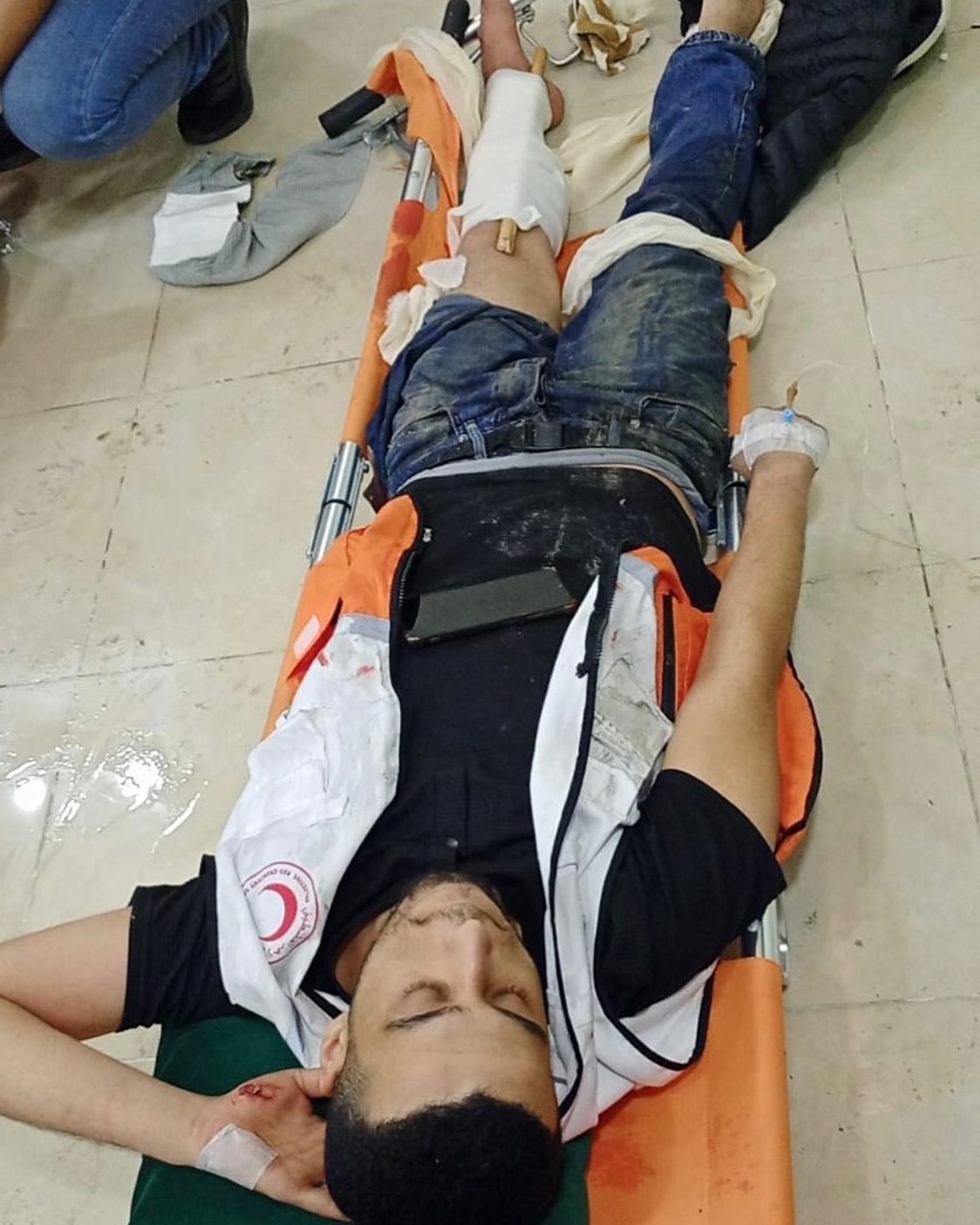
Photo by Palestine Red Crescent

Photo by Yousef Mema
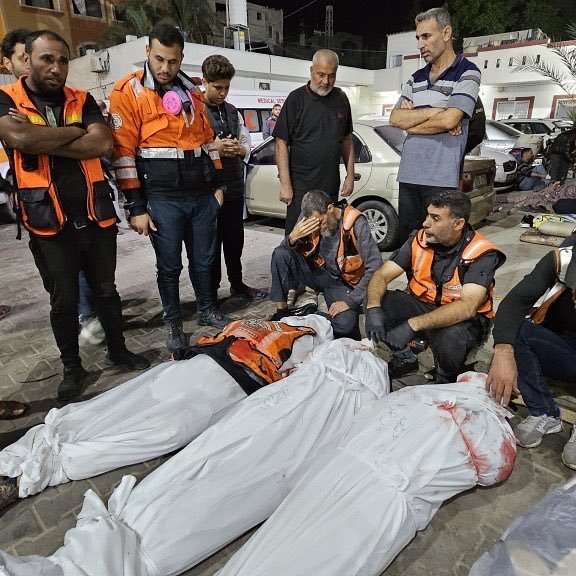
Photo by Anas Al Sharif
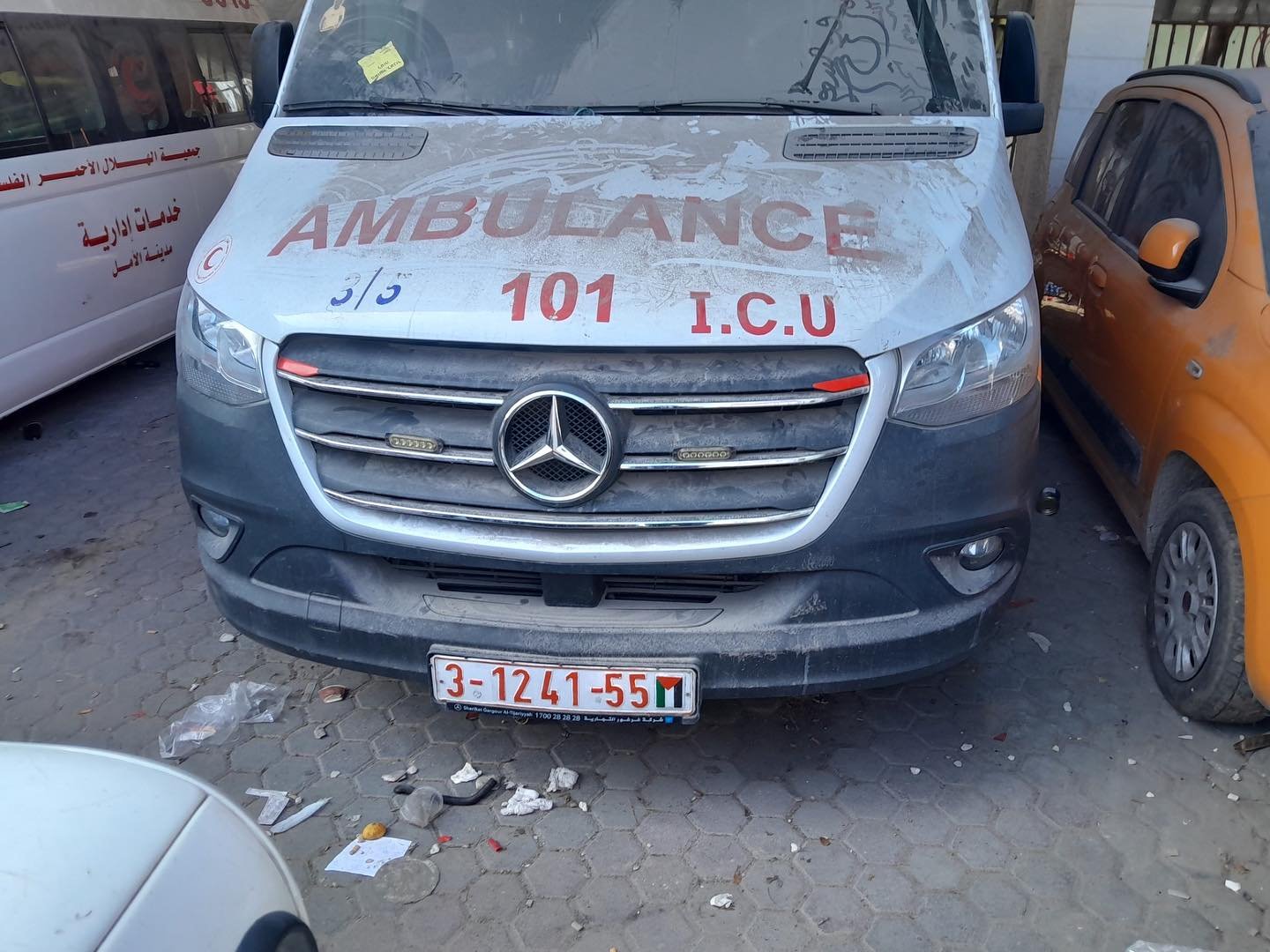
Photo by Palestine Red Crescent
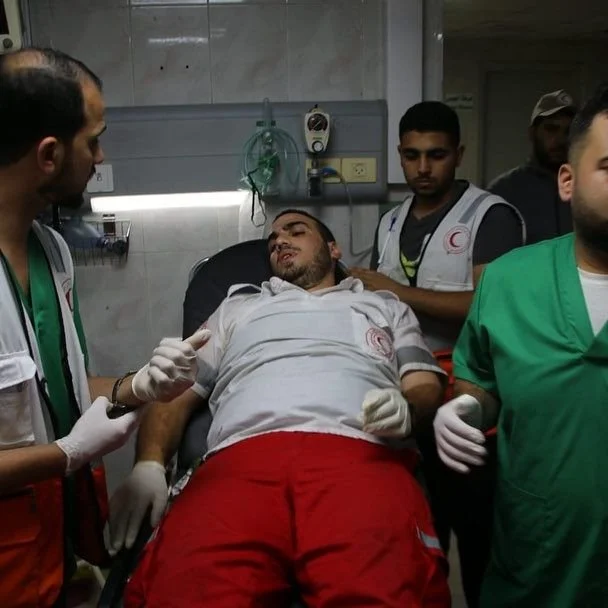
Photo by Palestine Red Crescent

Photo by Palestine Red Crescent
The Palestine Red Crescent Society and the Civil Defense play a crucial role in Gaza during wartime, serving as lifelines for the affected population amidst chaos and destruction. These organizations are at the forefront of providing medical care, emergency services, and humanitarian aid to those caught in the crossfire. Amid relentless bombings and widespread devastation, the dedicated personnel risk their lives to rescue civilians, deliver essential supplies, and offer psychological support to those traumatized by conflict. Their unwavering commitment not only addresses immediate needs but also fosters a sense of hope and resilience within communities, underscoring the indomitable human spirit in the face of adversity.
The Red Crescent symbol originated in the late 19th century as an alternative emblem to the Red Cross, primarily to respect Islamic cultural sensitivities and provide a distinct symbol for Muslim-majority countries. It was officially adopted in 1929 at the 21st International Conference of the Red Cross in Geneva, where it was accepted alongside the Red Cross. The Red Crescent became a protected class under international humanitarian law with the adoption of the Geneva Conventions, particularly the 1949 Fourth Geneva Convention, which stipulates that both the Red Cross and the Red Crescent are recognized as protected emblems in armed conflicts, ensuring their neutrality and the rights of personnel and institutions associated with them in humanitarian missions.
The Rome Statute and the Geneva Conventions establish protected symbols that are critical to the integrity of international law and humanitarian efforts. The emblem of the International Committee of the Red Cross (ICRC) and the Red Crescent signifies medical personnel and facilities, safeguarding them from attack in conflict zones. The olive branch serves as a symbol of peace and humanitarian action, while the blue shield represents the protection of cultural property during armed conflicts. These symbols are not merely marks; they embody the commitment to uphold human dignity and provide vital protections under international humanitarian law.
The Palestine Red Crescent Society (PRCS) is bound by international humanitarian law, which mandates that it provide medical care to all individuals affected by conflict, regardless of their status as combatants or non-combatants. This obligation is rooted in the principle of impartiality, ensuring that all wounded and sick individuals receive necessary medical attention without discrimination. Furthermore, international law prohibits the targeting of medical facilities and personnel, affirming that PRCS and its volunteers cannot be attacked or hindered for their role in delivering essential healthcare. In a landscape often overshadowed by violence, the protection of those who dedicate themselves to saving lives is not just a moral imperative; it is a fundamental tenet of humanitarian principles that must be upheld in every circumstance.
The images displayed in the gallery above are not owned by Sarkha Project and are used solely for educational and informational purposes related to the documentation of human rights violations. If you are the copyright holder of any image and wish to have it removed, please contact us directly, and we will promptly address your request. All efforts have been made to credit the respective owners, and we respect all copyright laws.